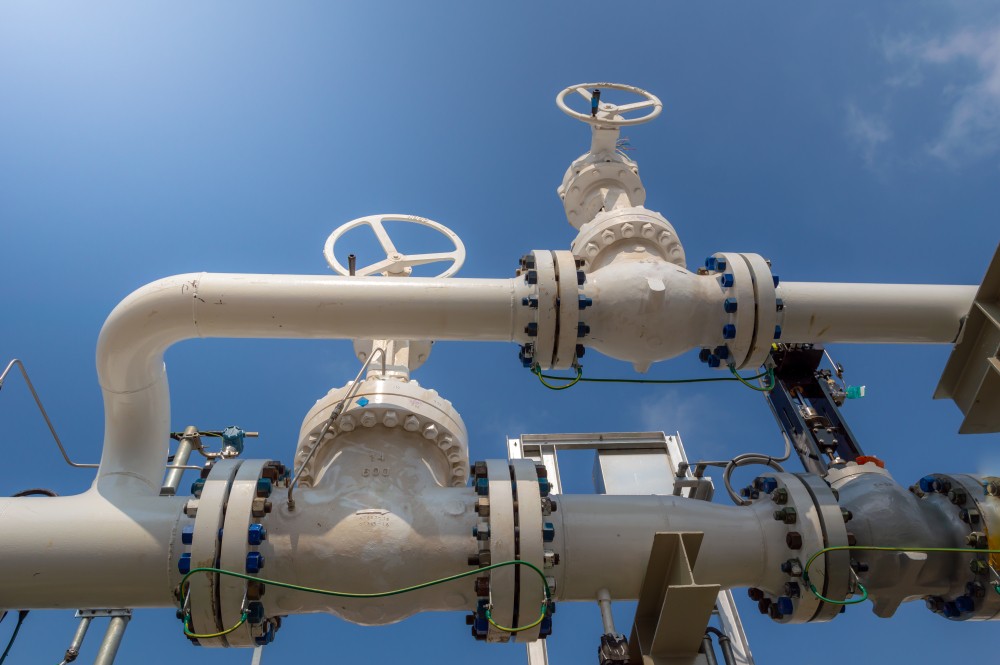Tasmania boldly unveiled its first state-wide waste strategy, “Tasmania: A Place Where We Waste Nothing,” as it takes decisive steps towards a sustainable economic policy. This groundbreaking strategy aims to reshape the economic environment by prioritising integrated planning, strategic investments, partnerships, and circularity.
Circular Economy in Action
The heart of Tasmania’s economic policy lies in its commitment to fostering a circular economy. The strategy outlines a comprehensive framework emphasising infrastructure investment, circular economy grants, levy rebates, education, and skills development. The government actively promotes circular practices to mitigate the adverse effects of the linear economy, minimising resource use and waste. Furthermore, Pam Allan, Chair of the Waste and Resource Recovery Board, envisions a transformative “two-part pivot” that involves understanding product lifecycles. Also, supporting innovative business models and building the capacity for sustainable practices. The strategic shift is set to create a ripple effect, shaping economic pricing and motivating businesses to embrace eco-friendly practices.
Strategic Investment for Future Prosperity
The Waste and Resource Recovery Board in Tasmania is crafting an investment framework to allocate landfill levy funds for impact. The landfill levy, introduced in 2022, is a key economic pricing strategy to incentivise waste diversion and resource recovery. The staggered introduction over four years, from $20 to $60 per tonne, reflects a nuanced approach to economic activity. Therefore, by gradually increasing the levy in government fee units, the policy allows businesses and the community to adapt, fostering a smoother transition towards sustainable economic practices. Applying lessons from the initial phase, the 2027-2030 plan aims to foster a sustainable economic environment involving government and community.
In conclusion, Tasmania’s economic policy marks a pioneering step towards a circular economy, setting a precedent for other regions. The strategy aligns economic activity with environmental stewardship, leveraging economic pricing strategies to incentivise sustainable practices. Tasmania strategically invests in infrastructure, grants, and education, fostering a resilient economy and addressing waste management for a prosperous future. The holistic shift to a circular economy signals a paradigm change, demonstrating its environmental responsibility and long-term economic viability.









COMMENTS